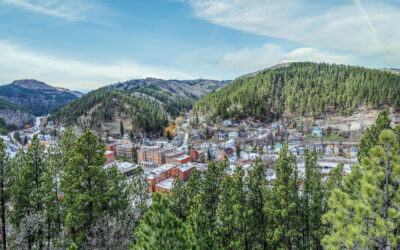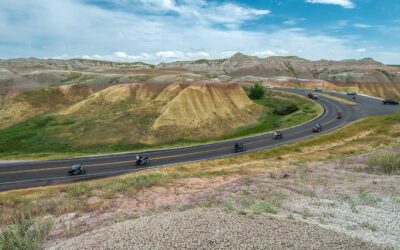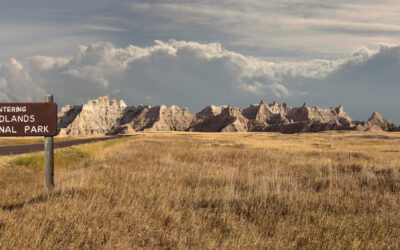Echoes of the Warrior: Crazy Horse’s Enduring Spirit
The Man Behind the Legend: Understanding Crazy Horse
Crazy Horse, a name that resonates with the spirit of resistance and the fight for freedom, is more than a historical figure; he is a symbol of the enduring strength of the Native American people. His legacy is woven into the very fabric of South Dakota’s history, a testament to his impact on the land and its inhabitants. A leader of the Oglala Lakota, Crazy Horse played a pivotal role in the 19th-century struggle against the United States government’s encroachment on the territories of the Great Sioux Nation.
Understanding Crazy Horse goes beyond the battles and the legends. It involves recognizing his commitment to preserving the Lakota way of life and his profound connection to the Black Hills of South Dakota, considered sacred by his people. His life story is marked by notable events, such as the Fetterman Fight and the Battle of the Little Bighorn, where his tactical prowess was on full display.
The following list highlights key aspects of Crazy Horse’s life and contributions:
- Born around the 1840s in present-day South Dakota
- Rose to prominence as a war leader during the Fetterman Fight in 1866
- Played a key role in the defeat of General Custer at the Battle of the Little Bighorn in 1876
- Surrendered to U.S. forces in 1877 under assurances of safety
- Died later that year under controversial circumstances at Fort Robinson
Crazy Horse’s influence extends beyond his lifetime, inspiring generations to seek justice and autonomy. His story is a reminder of the resilience of the indigenous cultures and the ongoing struggle for their rights. As we explore South Dakota’s cultural and natural wonders at Good Earth State Park, Custer State Park, Spearfish Canyon Nature Area, and iconic Mount Rushmore National Memorial, we walk in the shadows of a history shaped significantly by Crazy Horse and his indomitable spirit.
South Dakota’s Landscape: A Testament to History
The rugged terrain of South Dakota, with its sweeping prairies and the majestic Black Hills, serves as a living canvas that tells the tale of its storied past. The land itself is a silent witness to the history of the Lakota people and their legendary leader, Crazy Horse. The undulating landscape, marked by the scars of battles and the whispers of ancestral spirits, continues to be a source of inspiration and reflection for those who tread upon it.
The Black Hills, or Paha Sapa, hold a sacred significance for the Lakota. It is here that Crazy Horse and his warriors once roamed, and it is here that their legacy endures. Visitors to South Dakota can embark on a journey through time, exploring sites that resonate with the echoes of history. A 5-day itinerary might include the solemn grandeur of Mount Rushmore, the enigmatic presence of Devils Tower, and other unique regions that define the state’s rich cultural tapestry.
In the context of Crazy Horse’s legacy, the South Dakota landscape does more than provide a backdrop; it is an active participant in the ongoing story. The land’s features are not just geographical markers but are imbued with cultural and historical significance, shaping the identity of the Lakota people and the memory of their heroes.
Crazy Horse Memorial: Carving a Legacy in Stone
The Crazy Horse Memorial stands as a monumental tribute to the Lakota warrior and leader, Crazy Horse. This colossal project, initiated in 1948, is far more than a mere sculpture; it’s a profound statement of Native American resilience and a beacon of cultural pride. The Memorial is not just a static figure; it’s an active educational center that fosters understanding and appreciation for the rich history of the Native American people.
At the heart of the Memorial’s mission is the commitment to preserving and celebrating the spirit of Crazy Horse and the Lakota nation. Visitors to the site can engage with a variety of programs and activities that bring the past into the present. Here’s a glimpse into what the Memorial offers:
- Educational workshops and lectures
- Native American arts and crafts demonstrations
- Cultural events and performances
- A repository of Native American artifacts and archives
The ongoing construction of the Memorial also serves as a metaphor for the continuous struggle and perseverance of Native American communities. It’s a physical reminder that the legacy of Crazy Horse and the history of the Lakota people are still being carved, not just in stone, but in the hearts and minds of all who come to witness this awe-inspiring work.






